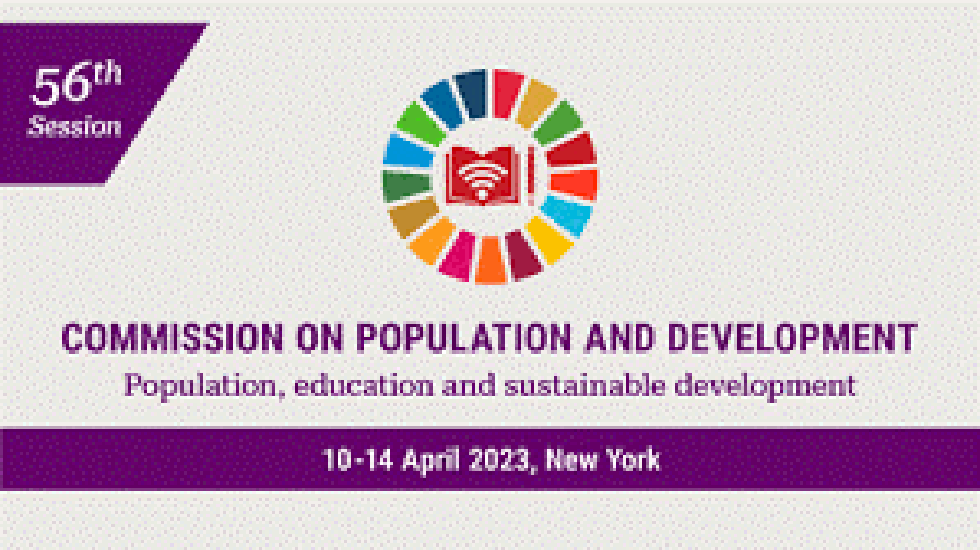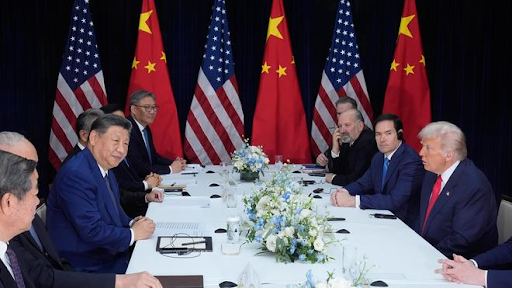





Disclaimer: Copyright infringement is not intended.
Context:
Details of the event:
India’s Elected Women Representatives (EWRs) and how they help in SDG Localization:
India has 1.4 million women serving as elected members of PRIs, constituting 46% of total representatives.
|
Case studies Chhavi Rajawat: Chhavi Rajawat is known for her remarkable work in women's empowerment at the grassroots level. She gained prominence as the Sarpanch (village head) of Soda village in Rajasthan. Chhavi, an MBA graduate, left her corporate job to serve her ancestral village. Under her leadership, Soda witnessed a transformation with improved infrastructure, access to clean water, and better educational facilities.Chhavi initiated several women-centric programs aimed at empowering them economically and socially. She encouraged the formation of self-help groups (SHGs) to promote entrepreneurship among women, provided vocational training, and organized awareness campaigns on health and education. Chhavi's efforts not only empowered women in Soda but also inspired similar initiatives across the country, showcasing the potential of women leaders in local self-government. Tulsi Prajapati: Tulsi Prajapati, from the state of Madhya Pradesh, is another inspiring example of women's empowerment in local self-government. She became the Sarpanch of Barkheda Panth village at the age of 24, making her one of the youngest women leaders in rural India. Despite facing opposition and skepticism due to her gender and age, Tulsi proved her leadership abilities through her dedication and innovative approach to governance. Tulsi focused on addressing critical issues affecting women in her village, including access to education, healthcare, and sanitation. She implemented various development projects, such as building schools, toilets, and healthcare centers, to improve the quality of life for women and their families. Tulsi also encouraged women's participation in decision-making processes, empowering them to voice their concerns and advocate for their rights. Tulsi's leadership and commitment to women's empowerment have made a significant impact in Barkheda Panth and served as a model for inclusive and effective governance in rural areas of India. Her story demonstrates the transformative power of women leaders in local self-government in driving positive change and advancing gender equality. |
Constitutional provisions:
Ministry of Panchayati Raj Initiatives:
Commission on Population and Development
Source:
https://pib.gov.in/PressReleasePage.aspx?PRID=2019408
|
PRACTICE QUESTION Q. Discuss the role of women's empowerment in local governance in India. Highlight key initiatives, challenges, and outcomes, with a focus on enhancing women's participation, leadership, and socio-economic development at the grassroots level.( 250 words) |




© 2026 iasgyan. All right reserved